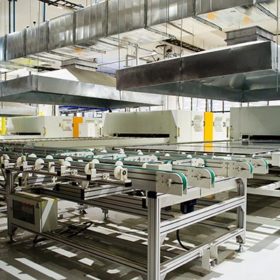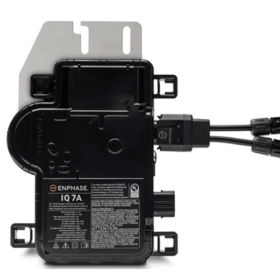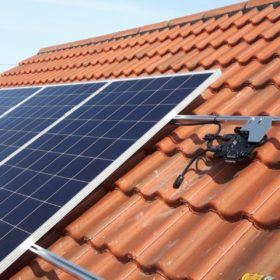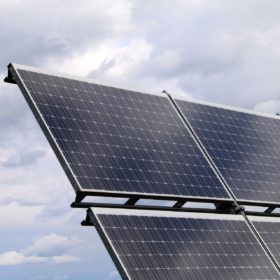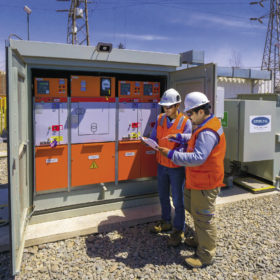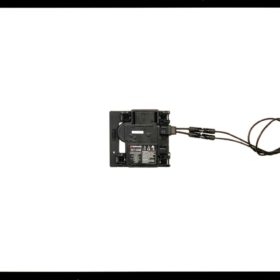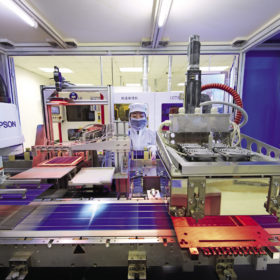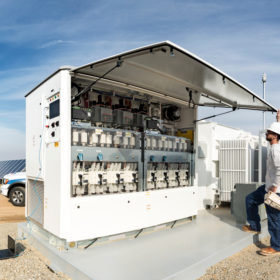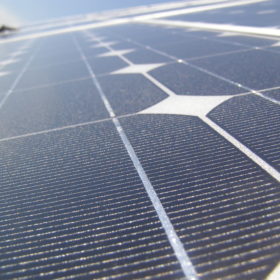Scaling up solar manufacturing in India
A new study by the CEEW Centre for Energy Finance assesses China’s advantages over India, but presents ways for the South Asian nation to build a competitive PV manufacturing sector.
Enphase microinverters for high-power modules
The US microinverter manufacturer has now brought its inverter solution for commercial and industrial solar to Australia and Europe. The device is suitable for modules with power output ranging from 295 to 450 W and has a European efficiency of 96.5%.
Enphase inverters added to Ikea’s turnkey solar offer in Australia
The California-based energy technology company has announced that its microinverters have been selected for Solargain’s turnkey solar offerings in Australia, including the retailer’s offer in collaboration with the Swedish furniture giant.
New MPPT algorithm for bidirectional inverter design
A newly proposed inverter design relies on a solar charge controller featuring maximum power point tracking. It is based on an artificial fish-swarm algorithm, which offers high convergence speeds, flexibility, fault tolerance, and accuracy.
Kstar unveils 1,100 V string inverters
The Chinese manufacturer has designed the new products for the C&I solar segment. They are available in two versions, with 121 kW and 150 kW of AC output and efficiency ratings ranging from 98.7% to 99.0%.
Covid-19 weekly round-up: Differing opinions on energy storage fall-out, a trade show update and some surprisingly positive financials
Negative second-quarter updates from China and uber-low new-solar figures from India, however, show the world is far from out of the woods yet.
Enphase and Sonnenstromfabrik unveil AC solar panel
The US microinverter producer and the German panel maker have launched a residential glass/glass PERC module equipped Enphase IQ 7+ device. The 60-cell PERC module is available in three versions with power output ranging from 320 to 330 W and efficiencies of 18.8% to 19.4%.
Chinese PV Industry Brief: Production expansion plans for Trina, JA Solar, ZNshine
Trina Solar said this week that it plans to expand cell production output by 10 GW at its factory in Jiangsu province, while JA Solar revealed plans to ramp up wafer production by 20 GW. ZNshine Solar, meanwhile, is aiming for 10 GW of new PV module capacity.
SMA reports 42% increase in turnover, Meyer Burger swings to a loss
German inverter manufacturer SMA Solar Technology reported solid financial results for the first half of 2020 despite the Covid-19 crisis. Meyer Burger, however, saw sales and profits decline.
Netherlands’ largest power provider wants to connect new solar parks to 75% of their peak capacity
Liander said its new plan may result in savings ranging from €1.4 billion to €1.8 billion. Possible losses for PV power producers are estimated at a maximum of 3% of their electricity production per year. If implemented, this new measure would push PV project developers to rely on underdimensioned inverters.
